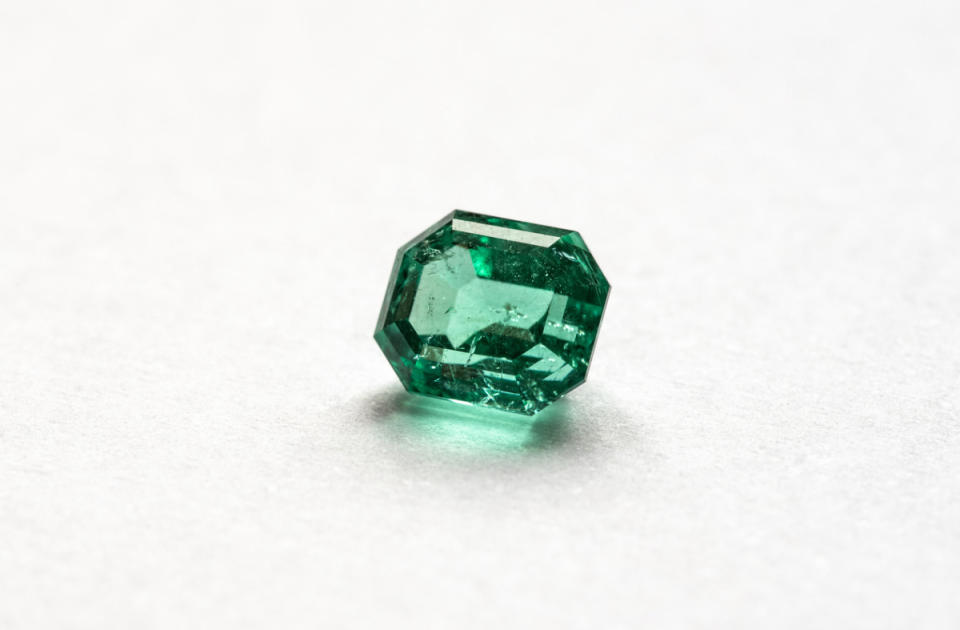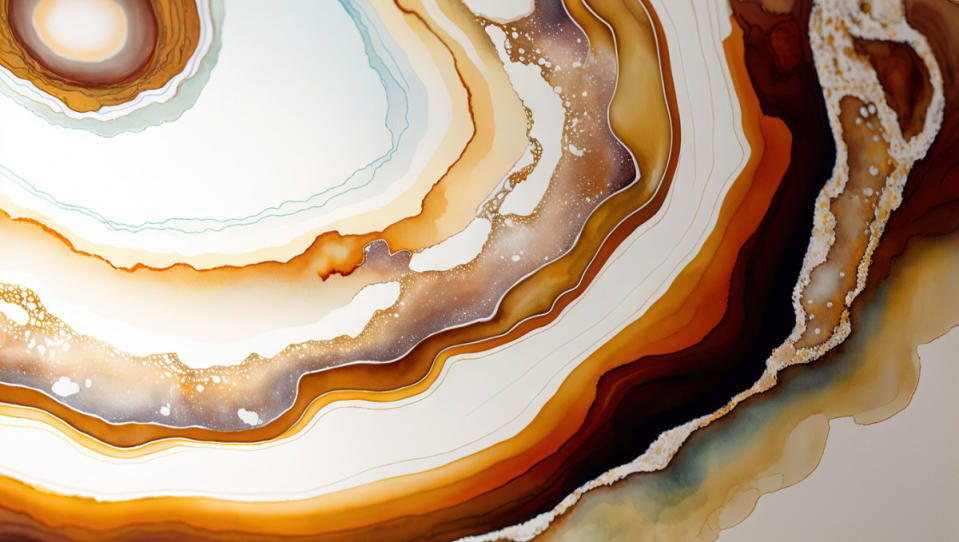Learn All About the Symbolism, Color and History of May's Birthstones

May birthstones
Is there a month that's more "green" than May? Spring has sprung, flowers are blooming, and the hillsides are covered in lush grass. Fittingly, the gorgeous green emerald is a perfect May birthstone to represent this time of year. It’s also a stone of good fortune and prosperity. After all, another thing that’s well-known for being green is cash!
May’s secondary birthstone is agate. Agate is less rare than emeralds but no less beautiful—the semi-precious stone has been prized for ornamental purposes since ancient times, often being carved into cameos or used for decoration on vases and other objects.
Let's learn all about May's traditional and modern birthstones from an expert jeweler.
Related: What Is Your Birth Flower? Find Out the Meaning Behind the Blooms for Each Month

iStock
What Is the Traditional Birthstone for May?
"The traditional and modern birthstone for May is the emerald, known for its vibrant, gorgeous green color," shares jeweler Anna Radunsky. She explains the significance, "Emeralds like spring are often associated with renewal and rebirth, as well as prosperity because they have historically been linked to royalty."
What Is the Modern Birthstone for May?
The modern birth stone for May is agate.
May Birthstone Color
The month of May's birthstone is green, traditionally. This aligns with the emerald birthstone.
However, when it comes to the modern or secondary birthstone of agave, there's some variation of color. According to the National Museum of Natural History, "Agates are typically white, grey, and yellowish-brown to reddish-brown, but shades of blue and green are sometimes also observed."
Related: People Born in March Actually Have 2 Birthstones—Find Out What They Are and the Meaning Behind Each Stone
Is the May Birthstone Rare?
Yes, emeralds are considered quite rare gemstones—in fact, they are 20 times more rare than diamonds and often more expensive. They’re a variety of the mineral beryl, and get their gorgeous green color from traces of vanadium chromium.
Radunsky adds, "Emeralds are very desirable because of their deep green shades and clarity."
Emerald Meaning and History
Emeralds have long been coveted for their rich green hue and are associated with royalty, renewal and prosperity. They’re also, unsurprisingly, linked to spring—symbolizing rebirth and a flourishing season.
However, the significance of emeralds goes beyond their connections to nature and wealth. In ancient Greece and Rome, emeralds were considered the gemstone of Venus, the goddess of love and hope. The ancients held emeralds in high regard, considering them sacred symbols of fertility and immortality. These precious stones were celebrated as emblems of rebirth and eternal love.
Where Is Emerald Found?
Radunsky shares the major emerald sources are "Colombia, Brazil and Zambia," which are prized for producing high-quality emerald deposits.
Related: April Birthstones: Learn the Meaning, Color, History

iStock
Agate Meaning and History
May’s alternative birthstone is agate. "Historically, agate was admired for its protective qualities and was used as a talisman to ward off storms and dangers, and to bring balance to the environment,” shares Radunsky. “Many agate artifacts and carvings have been discovered, dating back to Ancient Greece.”
Where Is Agate Found?
Unlike the rare emerald, agate deposits are found all over the world.
Radunsky shares that major sources of agate include Brazil, which is known for its large and colorful agates, Mexico, famous for its vibrant fire agates, and the United States—particularly in the western states, where various types of agate are mined. “Other notable sources include India, Madagascar, Mongolia, and Australia." She adds. "Each region typically produces agates with distinctive colors and patterns, contributing to the stone's global appeal."
Next: 35 Funny May Memes About Spring Flowers, Allergies and the Weather

